Your location:Home >Automotive News >
Time:2022-06-24 20:10:52Source:
The advent of the Internet of Vehicles era has realized the transformation of vehicles from human driving to autonomous driving, and also promoted the transformation of vehicle management models.For example, commercial fleet management is rapidly moving towards intelligence and digitization. Among them, in-vehicle telematics technology that helps improve operational efficiency and profitability is ushering in a new period of development opportunities.
What is Telematics
In-vehicle telematics, that is, the in-vehicle intelligent device system collects data on the vehicle, including driver status, vehicle location, vehicle speed and idle time, fuel consumption, tire pressure, etc., and uploads feedback through the wireless network, which is convenient for fleet operators to monitor and control in real time moving vehicle.

Its value is mainly reflected in the following aspects:
1. Improve vehicle operation efficiency and profitability.First, through telematics monitoring, operators can timely learn the location of mission vehicles, route information, speed, loading and unloading processes, etc., and monitor and adjust in real time to improve operational efficiency and customer satisfaction.In addition, the system reduces fuel costs by monitoring idling, driving style (aggressive), weather (low temperature), accessory usage (air conditioning) and other factors that affect fuel consumption.
2. Improve vehicle maintenance.Telematics can monitor vehicle battery voltage, tire pressure, braking status and other indicators. Once the car has problems or needs maintenance, the owner can respond in time, thereby extending the life of the car.
3. Improve driving safety.Telematics can alert the driver when the vehicle needs maintenance or slow down, warn the driver when the driver is in poor condition, and provide timely support when the vehicle is stolen or broken down.
4. Fleet operators can make deep use of the collected data to facilitate business decision-making.
Based on the above factors, in countries with relatively developed fleet transportation industry such as the United States (large-scale freight companies account for up to 80%), vehicle telematics technology has been adopted earlier.With the evolution of automobiles to intelligent, its market potential is further optimistic. According to theforecastof relevant agencies , by 2025, the global fleet telematics service market is expected to grow to 34 billion US dollars.
The domestic penetration rate is relatively low, but the potential is being released
Compared with the United States, my country has a relatively short history of freight transportation, and there are many individual users. In addition to the supplement of railway transportation, the proportion of large-scale fleets is very low, about 10%.In the early days, for most small-scale operators, it was unrealistic to spend a lot of money to build a real-time online monitoring system.Therefore, so far, the application of in-vehicle telematics management technology is only in the initial stage, and it is mostly concentrated in the aftermarket.
However, with the advent of the Internet of Vehicles era, the interconnection between vehicles and people has become a matter of course.To achieve telematics management, it is nothing more than equipping vehicles with on-board smart devices.In addition, vehicle intelligence and networking have become the general trend, especially in the Chinese market, which is making rapid progress, making vehicle big data management inevitable, and vehicle information processing technology ushering in a new period of development.
In addition, thanks to the pull of national infrastructure construction projects and the development of the trunk logistics transportation industry, the domestic commercial vehicle market has developed rapidly in recent years.The data shows that from 2017 to 2021, China's commercial vehicle stock market will increase from 28.9 million to 33.4 million, with a compound annual growth rate of 3.68%.Behind this huge number, efficient operation management is imperative.Especially with the arrival of the new crown pneumonia epidemic, regional management and control have put forward higher requirements for fleet transportation security, which has made the industry more aware of the urgency and importance of digital and intelligent management of commercial fleets.
In view of the above, in recent years, some domestic car companies and equipment integrators have begun to make efforts in this field.For example, SAIC-Iveco Hongyan, China National Heavy Duty Truck and other car companies have begun to try to build an intelligent vehicle management system earlier. For example, SAIC-Iveco Hongyan released the Hongyan Jiesda GEN-Star vehicle network system at the 2015 Shanghai Auto Show. Based on the needs of truck users, the company has created an intelligent control integrated network system that integrates production and commissioning, transportation management, fleet management, and after-sales service.With the rapid development of the Internet of Vehicles and the intensification of industry competitiveness, in-vehicle telematics management technology will be more and more applied in the pre-installation market.
The technical challenges behind the opportunities
From an architectural point of view, the fleet telematics system is mainly composed of in-vehicle equipment, data, cellular network, security services and fleet management software.Among them, the on-board equipment is the core carrier, which is mainly composed of MCU main control and information processing unit (GNSS receiver, antenna, connector, SIM card, expansion port, etc.).
Nowadays, as the automobile moves towardselectrificationand intelligence, the complexity of the electronic and electrical architecture of the vehicle increases, the number of electronic devices continues to increase, and the information on the interconnection between the vehicle and the outside world becomes more and more complex. greater challenge.Mainly reflected in the following aspects:
1. The complexity of data collection and transmission is improved.Nowadays, in order to improve competitiveness, the number of intelligent devices loaded in new cars is increasing, such as DMS (driver monitoring system), ADAS assisted driving system, etc. high demands.In addition, the increasing complexity of vehicle electrical and electronic architecture poses great challenges for high-quality data transmission.
2. Security requirements upgrade.In addition to reliable information collection and transportation, the safety of equipment is another important concern of the industry, including reliability in extreme environments, stability in the event of a collision, and whether it is fireproof and corrosion-resistant.
3. The internal layout of the equipment is gradually complicated, and the integration degree is improved.With the continuous upgrading of technology, the layout of components in the equipment will become more and more complex, and the number will also increase.This requires technology providers to reduce the size as much as possible to save space while ensuring the high performance of components, and at the same time, it is more convenient to install.In addition, an integrated solution is needed to reduce the complexity of the system and improve cost efficiency.
4. Diversified demand and accelerated technological change.With the rapid development of in-vehicle information processing technology, the diversified needs of the market will increase, and the change of technology will also increase, which poses a great challenge to the technical innovation of equipment suppliers and the responsiveness of R&D teams.
In general, while the market potential of vehicle telematics technology is released, it also brings new challenges to the technical reliability, safety, and innovation of equipment and related components suppliers.
To meet the challenge
Facing many market opportunities and technical challenges, TE Connectivity (hereinafter referred to as TE), the world's leading connector provider, has laid out a comprehensive product map.Among them, in addition to covering the basic core components in the vehicle remote processing equipment, the rich product series and advanced technical concepts greatly meet the diversified needs of equipment integrators and car companies, helping them to shorten the development cycle of new products.
Statement: the article only represents the views of the original author and does not represent the position of this website; If there is infringement or violation, you can directly feed back to this website, and we will modify or delete it.
Preferredproduct
Picture and textrecommendation


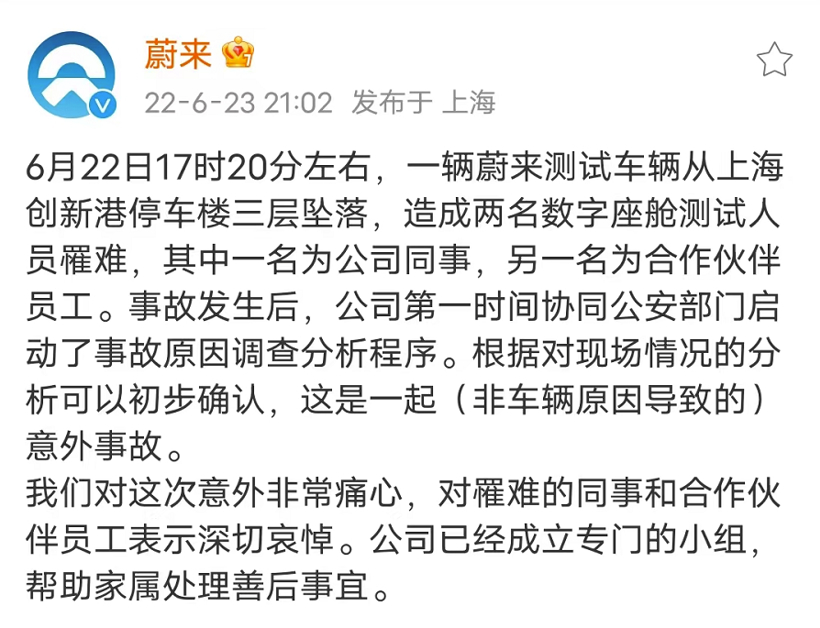
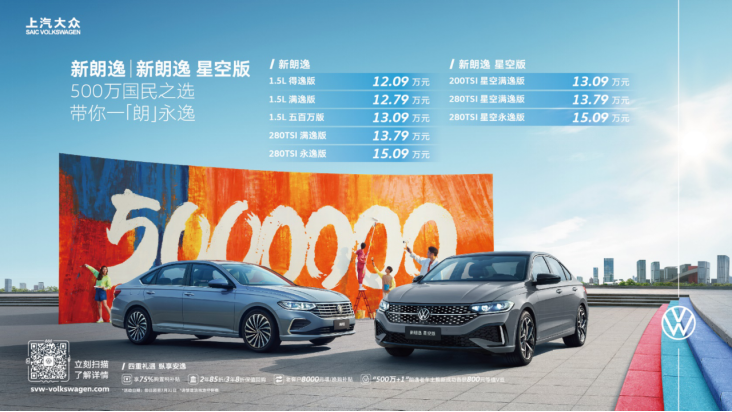

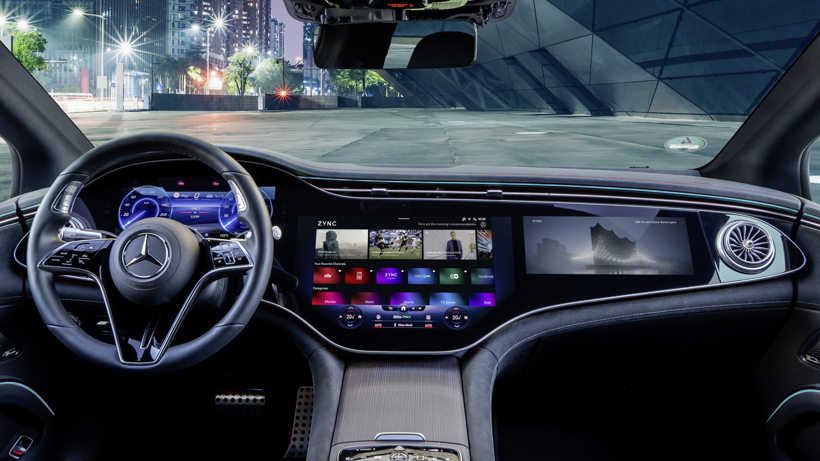
2022-06-24 20:05:26
Hot spotsranking
Wonderfularticles

2022-06-24 20:05:03

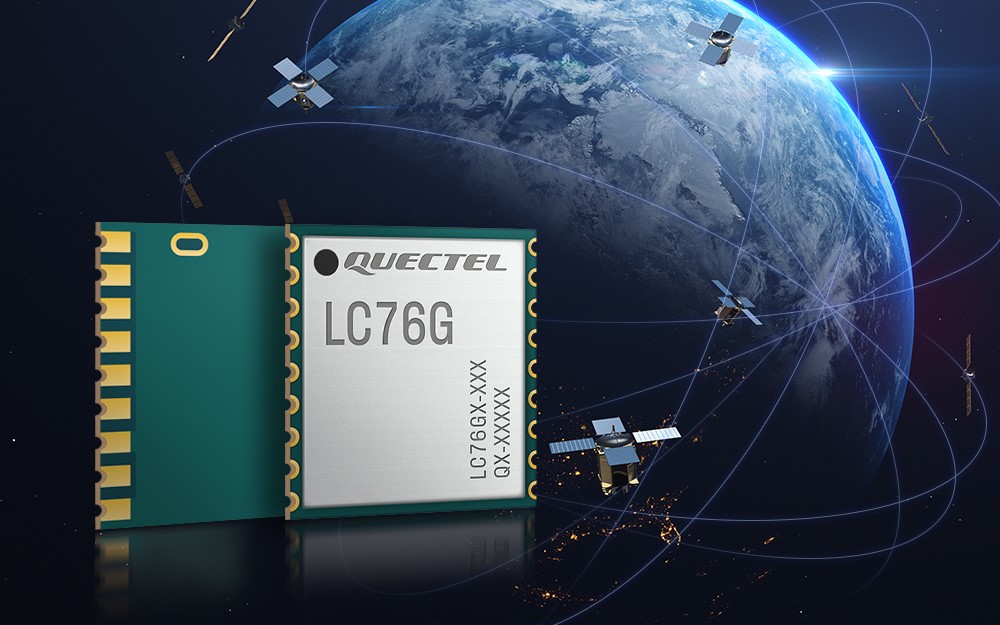
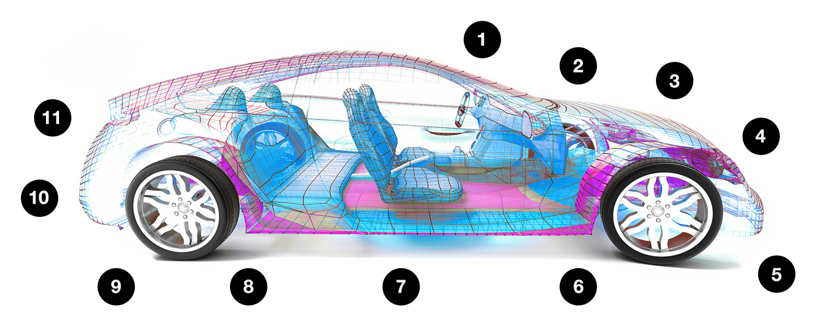
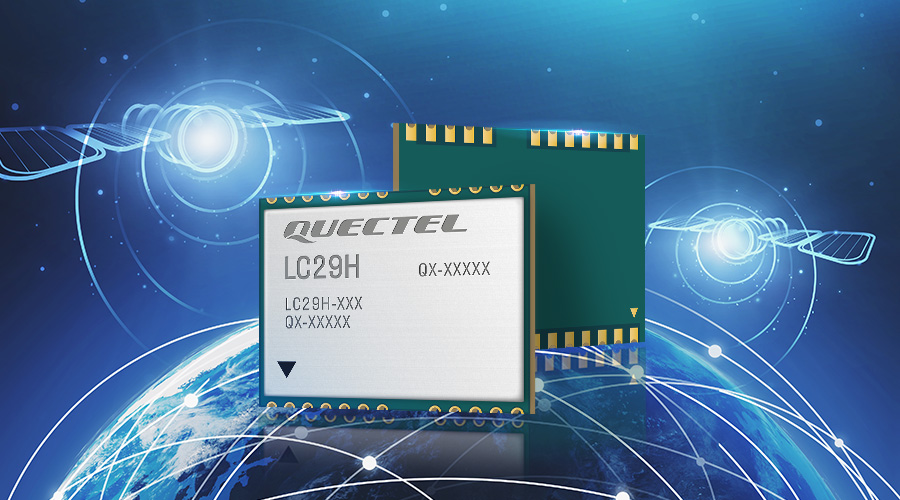
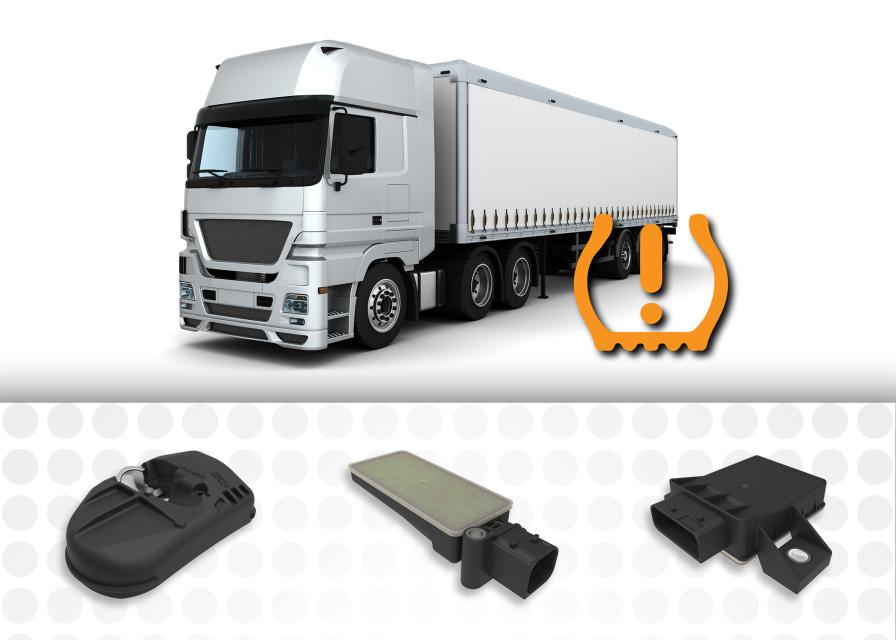
Popularrecommendations
